Youku's pending fantasy drama "Till The End of The Moon" returns to the online game style and moves towards a new design direction. Not wanting the confusion of costume shapes in period-specific costume dramas, these dramas that pursue traditional Chinese costume forms such as "The Longest Day In Chang'an" and "Royal Feast" were also well received by the audience. In the newly launched drama projects, even the emotional-based ancient costume idol dramas, have begun to try their best to choose a style in line with today's hanfu culture in the design of clothing.
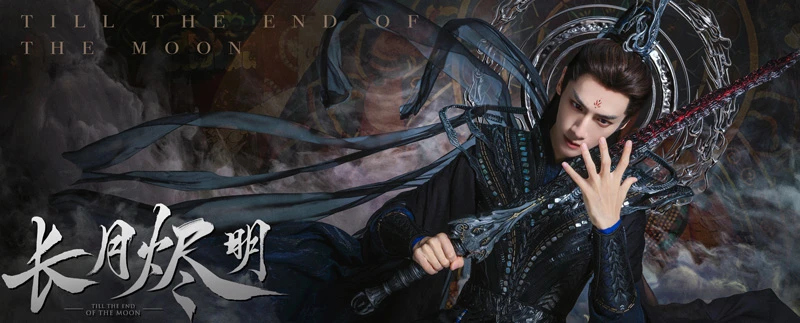
Till The End of The Moon
Looking back on Chinese ancient costume dramas, in addition to the antique classic stylings in the audience's impression, such as "Journey to the West" and "Dream of the Red Chamber", there are also some pioneering, trendy, and bold ancient costume styles time. The stylings design of ancient costume dramas has great styles and aesthetic differences due to different themes and story backgrounds. This article will review the styling history of Chinese costume dramas from the two types of fairy chivalrous and realistic retro, combined with hairstyle, hair accessories, and clothing.
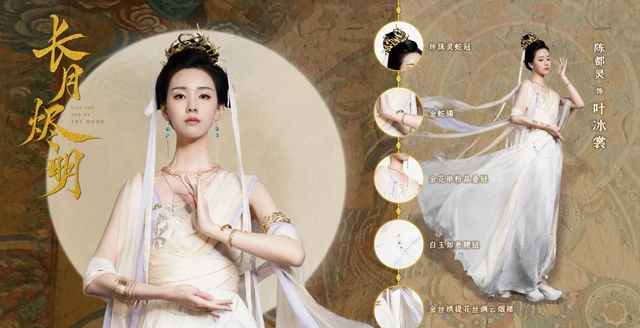
Till The End of The Moon
01 Evolution of Xianxia hairstyle
In the early ancient costume dramas, there was no concept of "XianXia (仙侠)". "Xian" and "Xia" usually exist in two factions, and their hairstyle design styles are also different.
Before 2000, ancient costume dramas usually only focused on the "Xian" part, and most ancient costume dramas involving fairies were mythological backgrounds. At this time, the hairstyle design is affected by opera style.
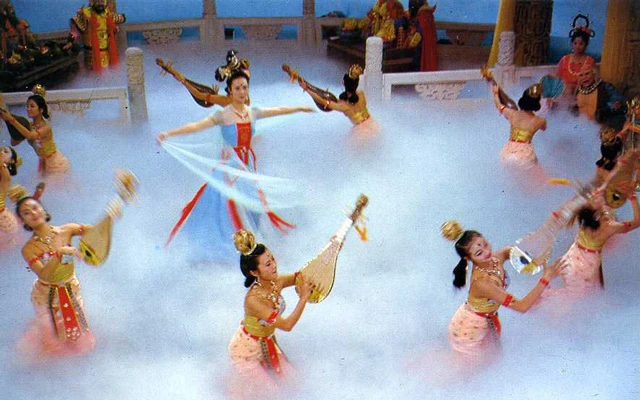
Journey to the West

Journey to the West
In the fairy stylings , the bun is mostly complex Gaoji(高髻)、Duiji (堆髻), and Huanji (环髻), with gorgeous hair accessories, it highlights the living environment of the immortals in the fantasy of the heavenly palace fantasy world.
The ancient costume mythology drama of this period only used lighter gauze silk as the difference between immortals and human beings. The typical representative is the contrast between the Chang'e fairy and the king of the daughter's country in"Journey to the West". In addition, this is why gauze is widely used in the pursuit of fantasy and hazy in the drama "Palace of Desire".

Palace of Desire
With the popularity of Hong Kong and Taiwan dramas, strange and martial arts ancient costume dramas have also entered the audience's sight. At this time, Hong Kong and Taiwan film and television drama practitioners pursue innovative ancient costume styling and deliberately integrate certain modern elements when designing. Therefore, it was rare to see a high bun as exquisite as "Journey to the West", most of them were Pingji (平髻) and braided elements. Modern bangs and hairstyles began to gradually enter the audience's sight.
In addition to female characters abandoning high buns, the hairstyle changes of male characters are wilder. Modern short hair, pick-dyed, curly and other elements appeared on the head of the male protagonist in ancient costumes. Nowadays, He Rundong in "Wind and Cloud" and Jiao Enjun in "Xiao Li Fei Dao" have become the two extremes of the hero of curly hairstyle in ancient costumes. And in the classical drama "Fish and Huawuque", we can see two design elements: short hair and pick-dye.
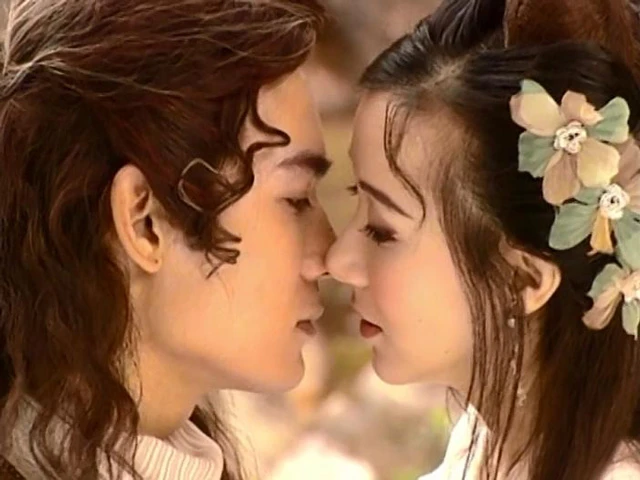
Around the year 2000, the Xianxia drama adapted from the game began to appear. At this time, a large number of Hong Kong and Taiwan stylists have entered mainland China. With the support of the two major reasons of "Hong Kong and Taiwan design" and "game adaptation", the Xianxia drama at this time took the colorful web game style in early 2000. The braiding, bangs, and curly hair elements have been used, and the color matching of hair accessories and clothing with high saturation in the game has formed the styling style of "The Legend of Sword and Fairy" and "Sword of Legends" series.
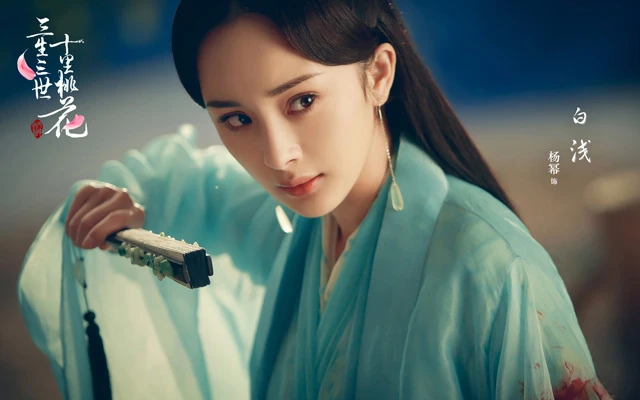
Etemal Love
Since then, the popularity of "The Journey of Flower" and "Etemal Love" has brought Xianxia dramas into a bottleneck period of styling innovation. Most of the Xianxia dramas in this period were adapted from online novels. Love stories have become the highlight, and chivalry disappears with only immortality. Therefore, elegant waist-length hair has become a must-have hairstyle for the protagonist group, and half of the ball head has become the mainstream. As for the whole high bun, that is the common hairstyle of the villain’s supporting role.
In recent years, Xianxia dramas have also begun to seek innovation and change. From "The Blue Whisper" to "Till The End of The Moon", male character hairstyles have added braiding elements, and the difference between female characters' hairstyles has become smaller and smaller. Panfa(盘发) also began to be reborn in Xianxia dramas, including the use of color matching and hair accessories. There are many trends for returning to the era of online game style.
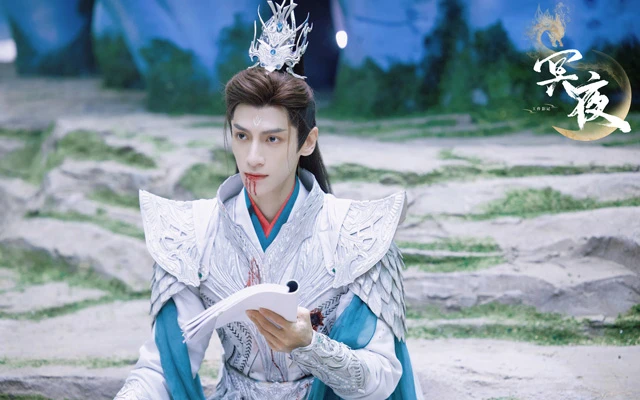
Till The End of The Moon
02 Evolution of Retro style
In the retro unit, mainly discusses the types of court dramas, biographical dramas, and other themes with a clear Chinese historical background.
Nowadays, the audience always misses ancient costume hairstyles with "ancient charm", mostly from historical biographical costume dramas in the early 20th century such as "Tang Ming Huang", "Dream of the Red Chamber", and "The Empress of China". The hairstyle design of this period is similar because it belongs to the same group of stylists as the early fairy styling in the previous design.
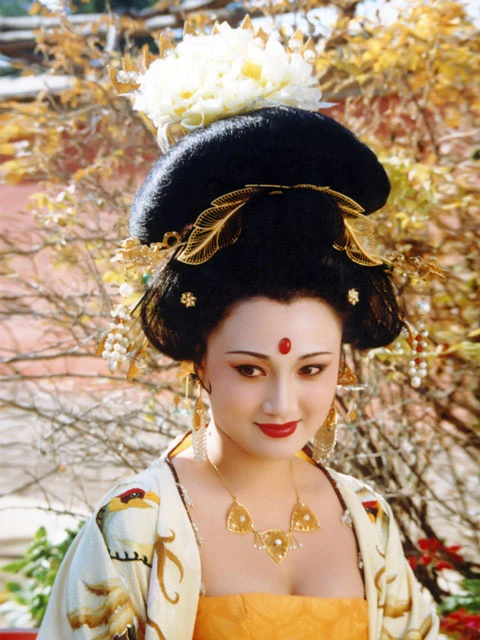
As far as a fairy hairstyle is concerned, the court lady's hairstyle will be lighter and more luxurious, because the Yiji (义髻, wig) was a special offer of the aristocracy in ancient times, ancient costume dramas also used a lot of hair bags to highlight the status of female characters with abundant hair.
In addition, the hairstyle design of that period not only had a certain opera style. At the same time, the stylist will also adjust and design different hairstyles according to the personal characteristics of the actors. For example, every female character's hairstyle in "Dream of the Red Chamber" is designed by Yang Shuyun himself, which not only meets the characteristics of the character, but also highlights the beauty of the actress.
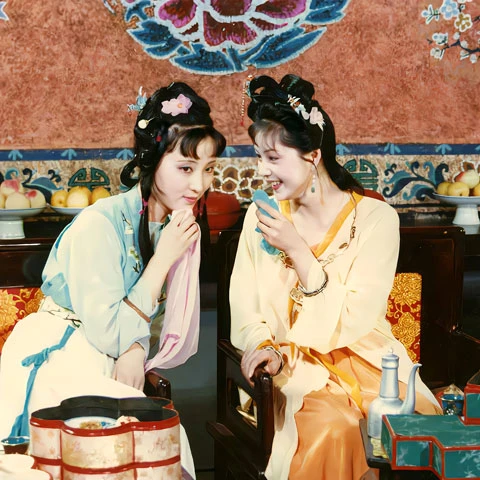
Dream of the Red Chamber
However, most costume dramas seem to have entered a strange circle of consensus, that is, the higher the bun and higher the status of female characters. Therefore, we can often see that in the heroine breaks through the thorns all the way, and the bun becomes taller and higher as the plot progresses.
As the wind of traditional study blows, nowadays, it can be said that most crews are willing to pursue perfection in their hairstyle and clothing. However, since the age of the heroine of ancient costume dramas are mostly young girls nowadays, it is rare for the Tang style to have elegant and luxurious hair bags with high buns, most of which are more flexible and light bun styles like young Taiping in "Palace of Desire".
03 Evolution of Hair accessories in costume dramas
In early 2000, Hong Kong and Taiwan stylists, represented by Wu Baoling, chose unconventional hair accessories, and chopsticks, fans, feathers and other items were worn by her on the heroine's head.
The choice of hair accessories in this period was bold and novel. As a result, classic styles such as the feather fairy accessories in "Happy Seven Fairies" and Zhou Zhiruo's chopsticks accessories in "The Heaven Sword" and "Dragon Saber" appeared. However, if this bold use of hair accessories is to be classic, it requires the stylist to have strong design ability. In addition, the application of this modern material in ancient costume dramas is only suitable for Xuanhuan and idol dramas.

Happy Seven Fairies
In the era of Xianxia & Wuxia dramas, hairbands have become the most popular hair accessories. Several hairbands created by Chen Gufang for Liu Yifei in "The Legend of Sword and Fairy" and “Demi-Gods and Semi-Devils” are very classic. Hairbands of different colors and lengths are very beneficial for shaping the fairy and playfulness of the character. Therefore, the use of the hairband was also extended by her to Chu Xuanji in the Xianxia drama "Love and Redemption".
However, the hanfu hairband should become a bonus point for the character rather than ordinary. It is based on hairstyles with a certain sense of design. For example, Liu Yifei's version of the Xiao Long Nu bow bun, Chu Xuanji's double bun, and so on. It brings a strengthened style through the hair on the basis of the existing hairstyle.
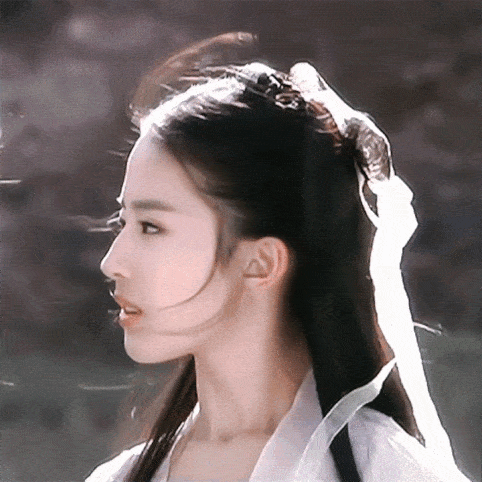
Liu Yifei
On the retro side, the use of hair accessories ranges from the main hair accessories and others in the "The Empress of China" period, but a large number of hair accessories are complicated but gradually simplified, to "Records of Kangxi's travel", "The Queens", and other drama periods to reduce the gorgeous hair accessories, and shape or beautiful or elegant female characters with the design of a bun.
Accompanied by the "high bun misunderstanding" of the heroine of ancient costumes in recent years, there is also an all-in-one hair crown that has returned to be gorgeous. Regardless of whether the shape of the all-in-one crown is reasonable or not, the design of this huge copper crown overhead is not only inconvenient, but also not very beautiful. The positive case is Yang Guifei in "Legend of the Demon Cat". The bun chose a high bun similar to the Dandaoji (单刀髻) in the Tang Dynasty to highlight the status of noble women, decorated with a small amount of reasonable hair accessories, which is also beautiful and noble.
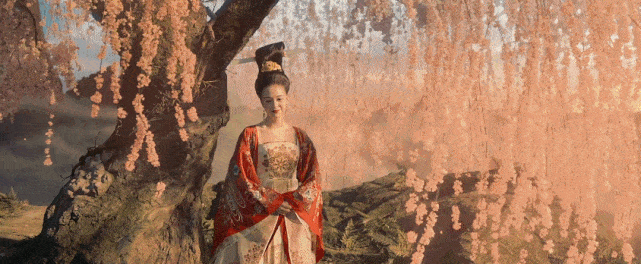
Legend of the Demon Cat
The good thing is that recent costume dramas have seen some trend of simplification. "Royal Feast", "Royal Nirvana", "Serenade of Peaceful Joy" and "The Longest Day In Chang'an" have attached great importance to the hair crown only in important ceremonies. Usually, female characters are mostly decorated with simple hair accessories.
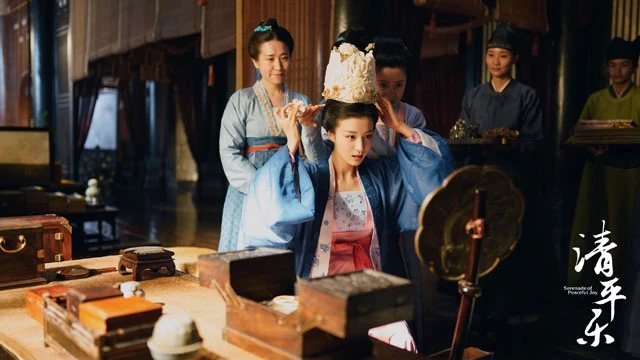
Serenade of Peaceful Joy
When the ancient costumes that pursue texture are dramatically complicated into simplicity, on the other side is the abuse of Buyao (步摇) and tassels in costume pamper drama. Unlike in the past, which showed the heroine's status through a bun, modern costume drama often highlight the status of the heroine through beads on their heads. At the same time, they should be both "noble"and "fairy".
On the male side, the most neglected hair or clothing is the man's hat and crown. Since men's hairstyles can't play much in a specific context, the crew might as well work on crowns and hats. After all, in the Ming Dynasty alone, the available styles of hats were very diverse. The Futou (幞头) of the Tang Dynasty and the Zanhua (簪花) custom of men in the Song Dynasty have appeared in ancient costume dramas such as "The Longest Day In Chang'an" and "Serenade of Peaceful Joy". It's just obvious that the crew does not pay much attention to the diversity of male characters, the style of the Futou and the Zanhua is relatively simple.
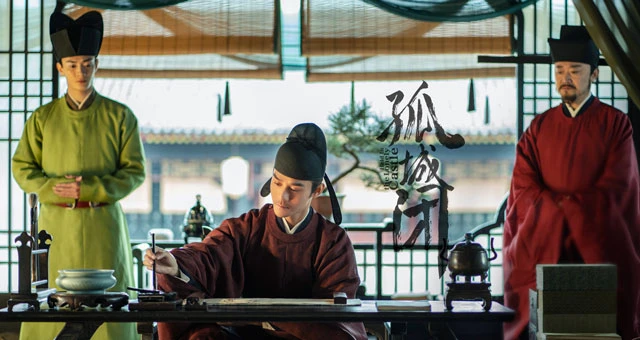
Futou in Serenade of Peaceful Joy
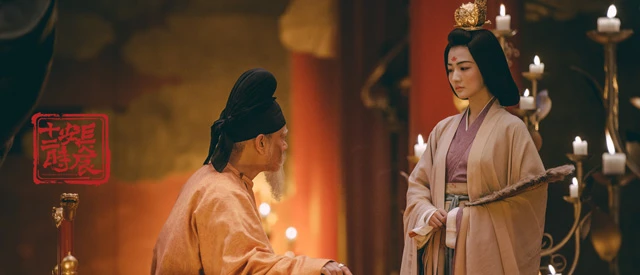
Futou in The Longest Day In Chang'an
Which cdrama costume and look do you like the most? Feel free to discuss with me in the comments section.
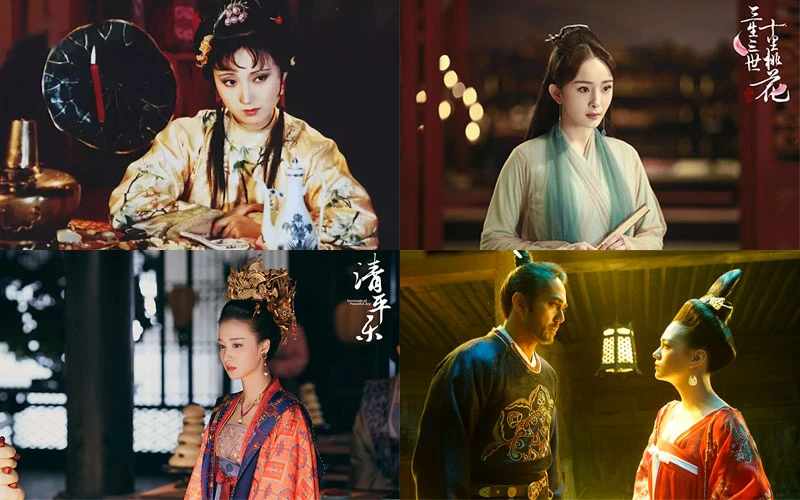
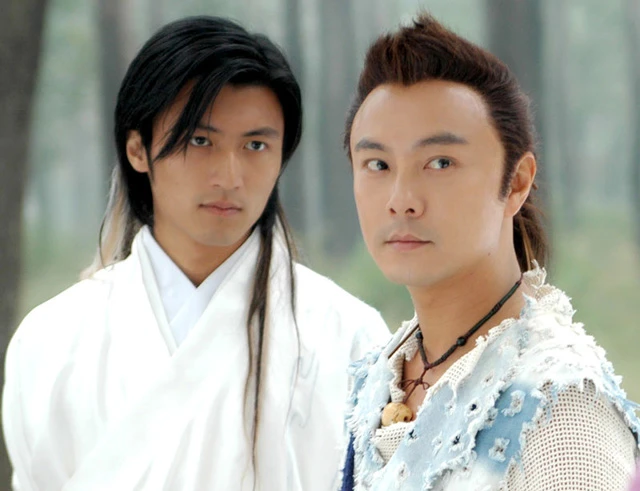
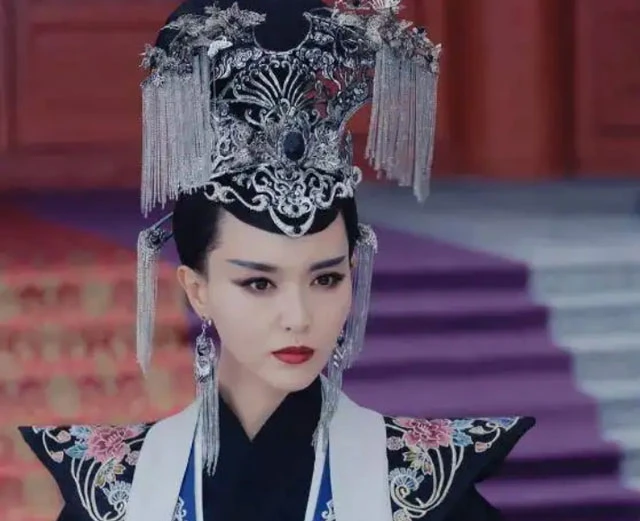
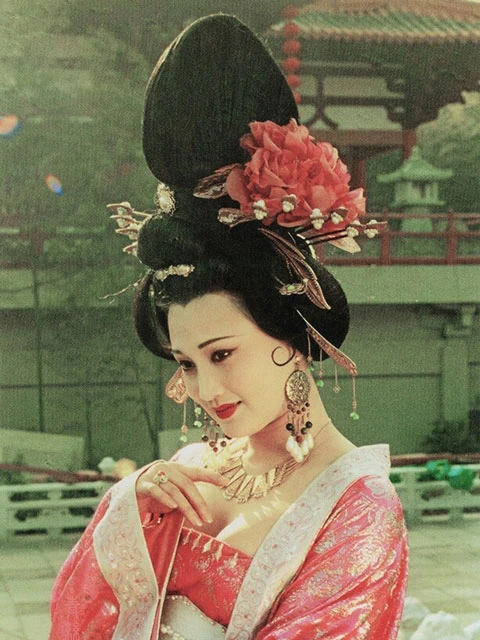

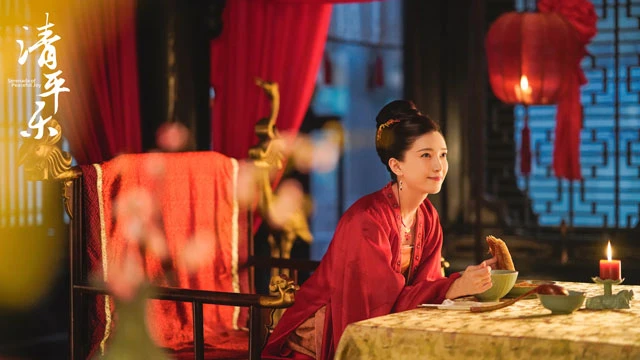


omg 😍😍😍
Nice chronicle, thanks!
Dari jaman ke jaman slalu berevolusi, tanpa batas
Sangat inovatif dalam gaya. Itu Keren